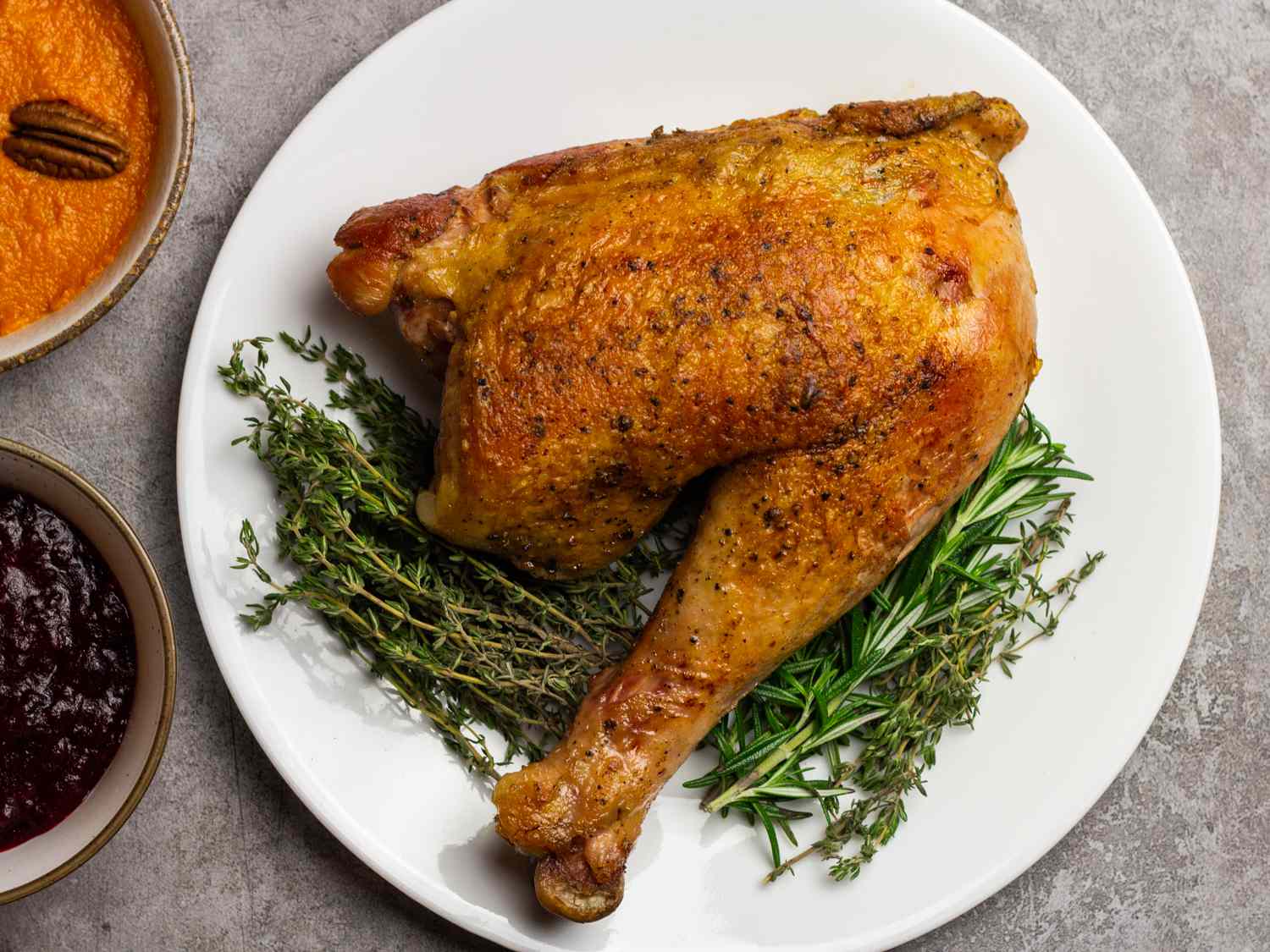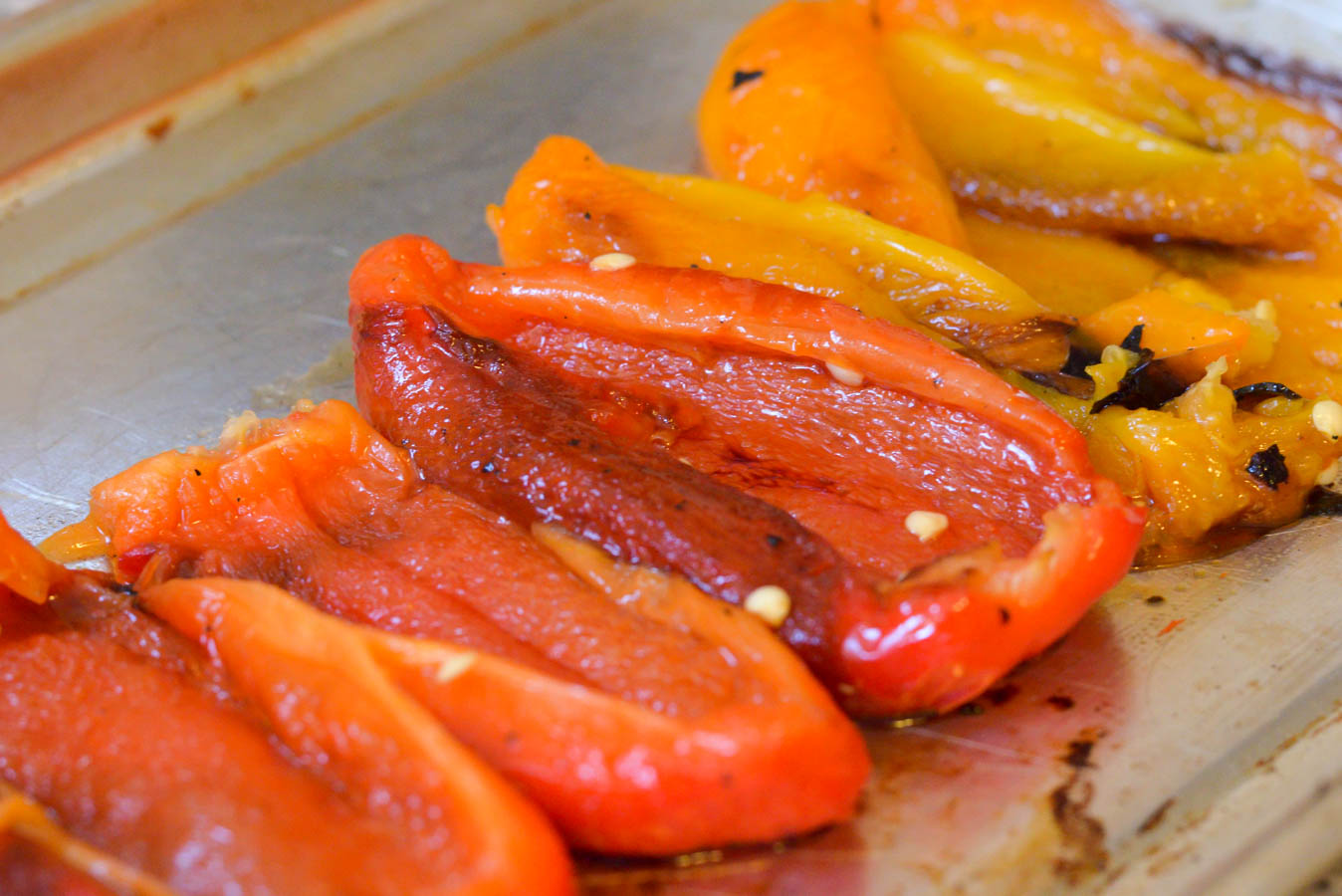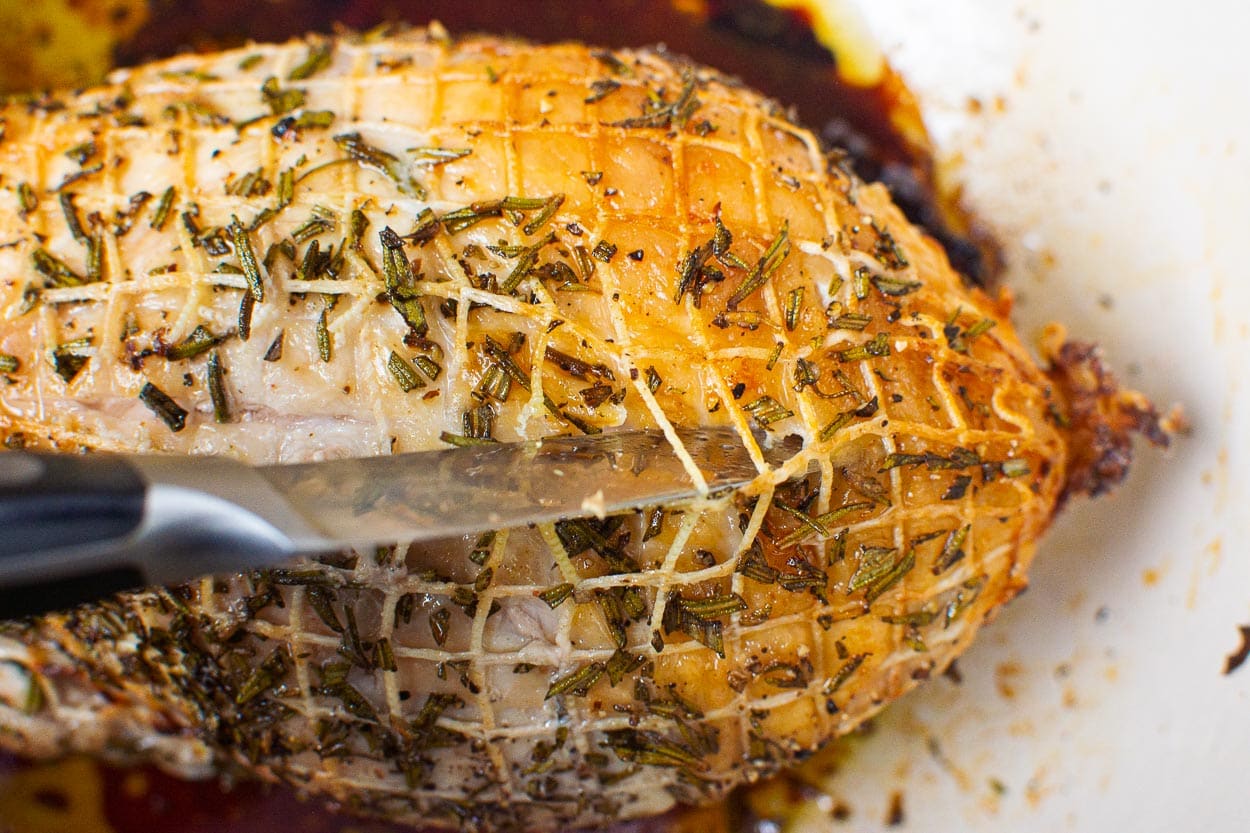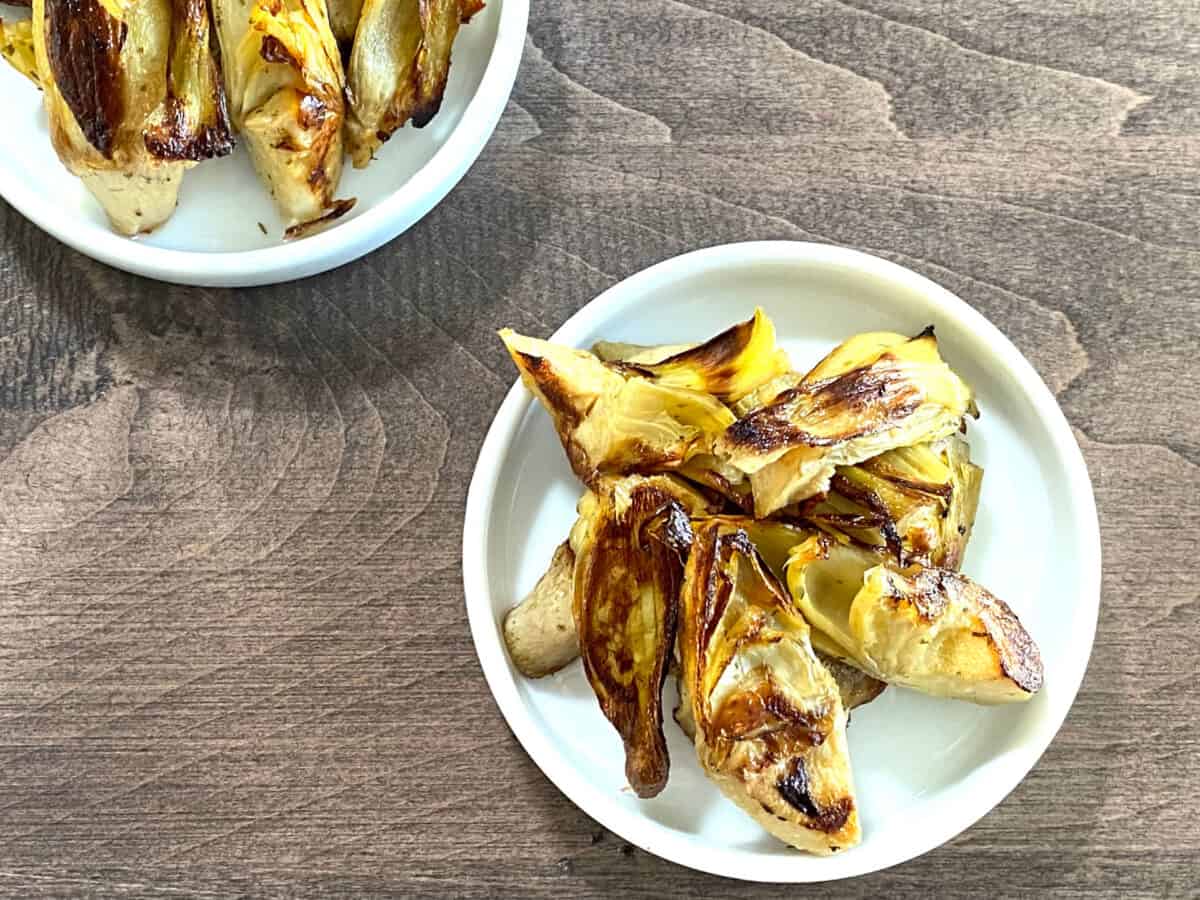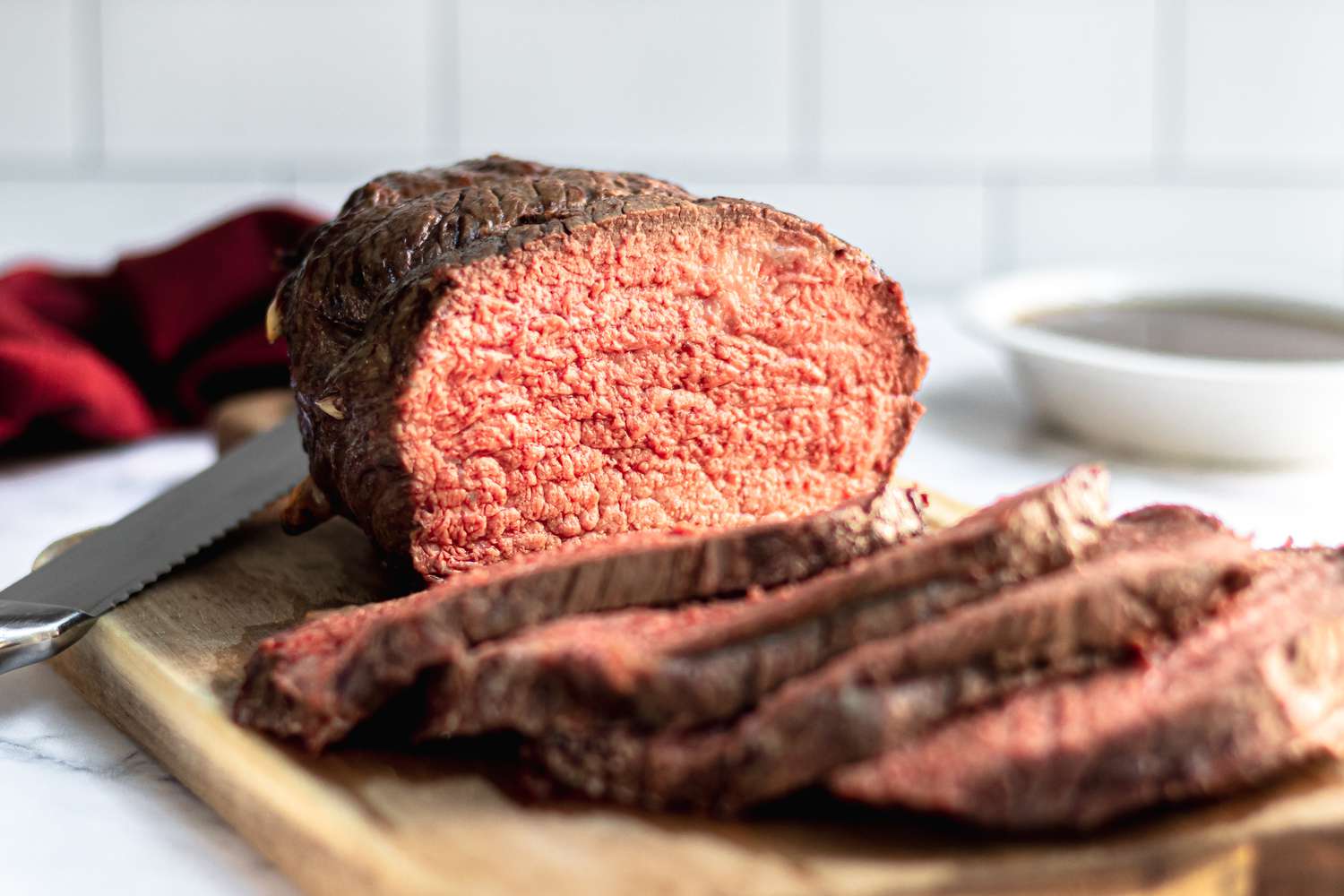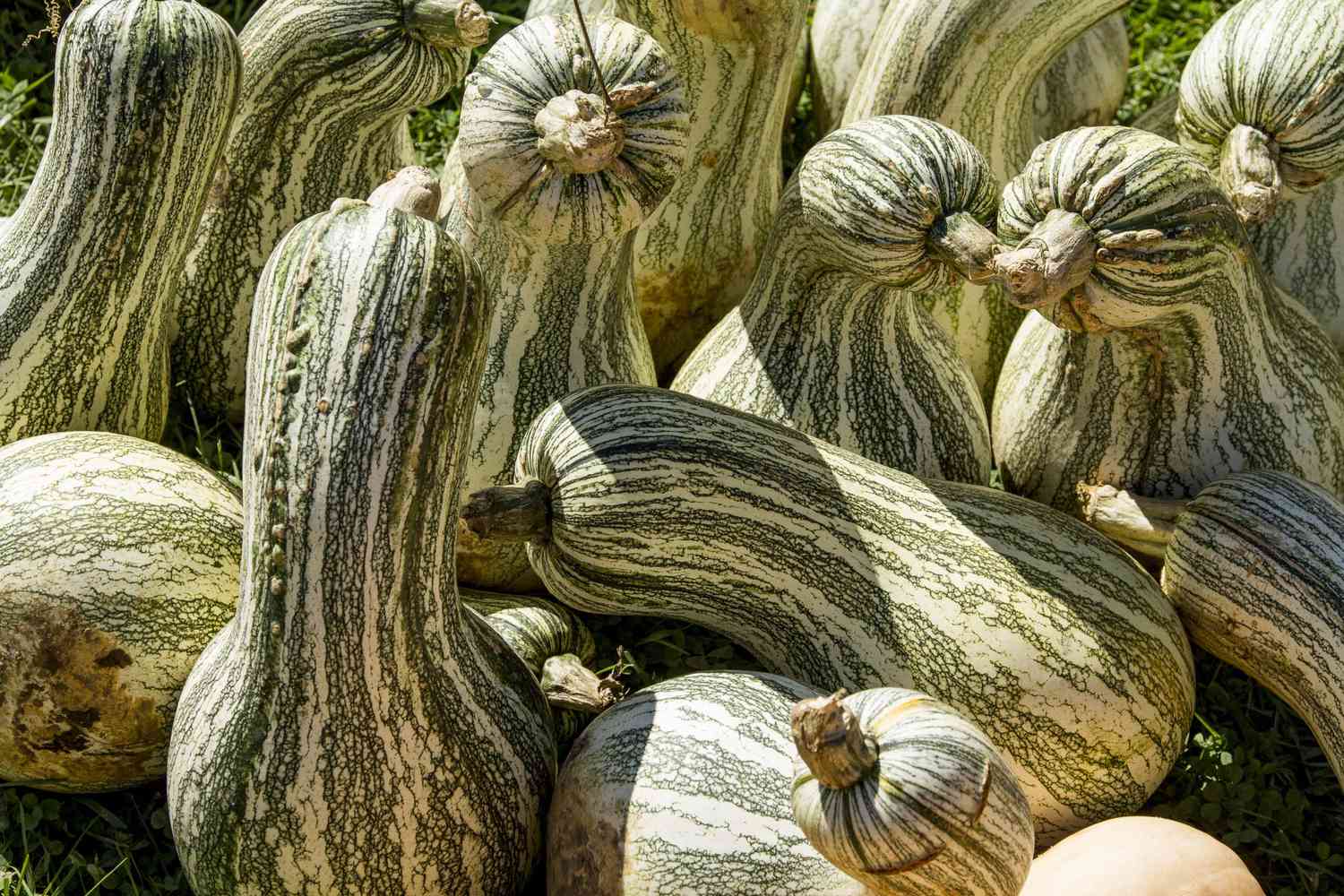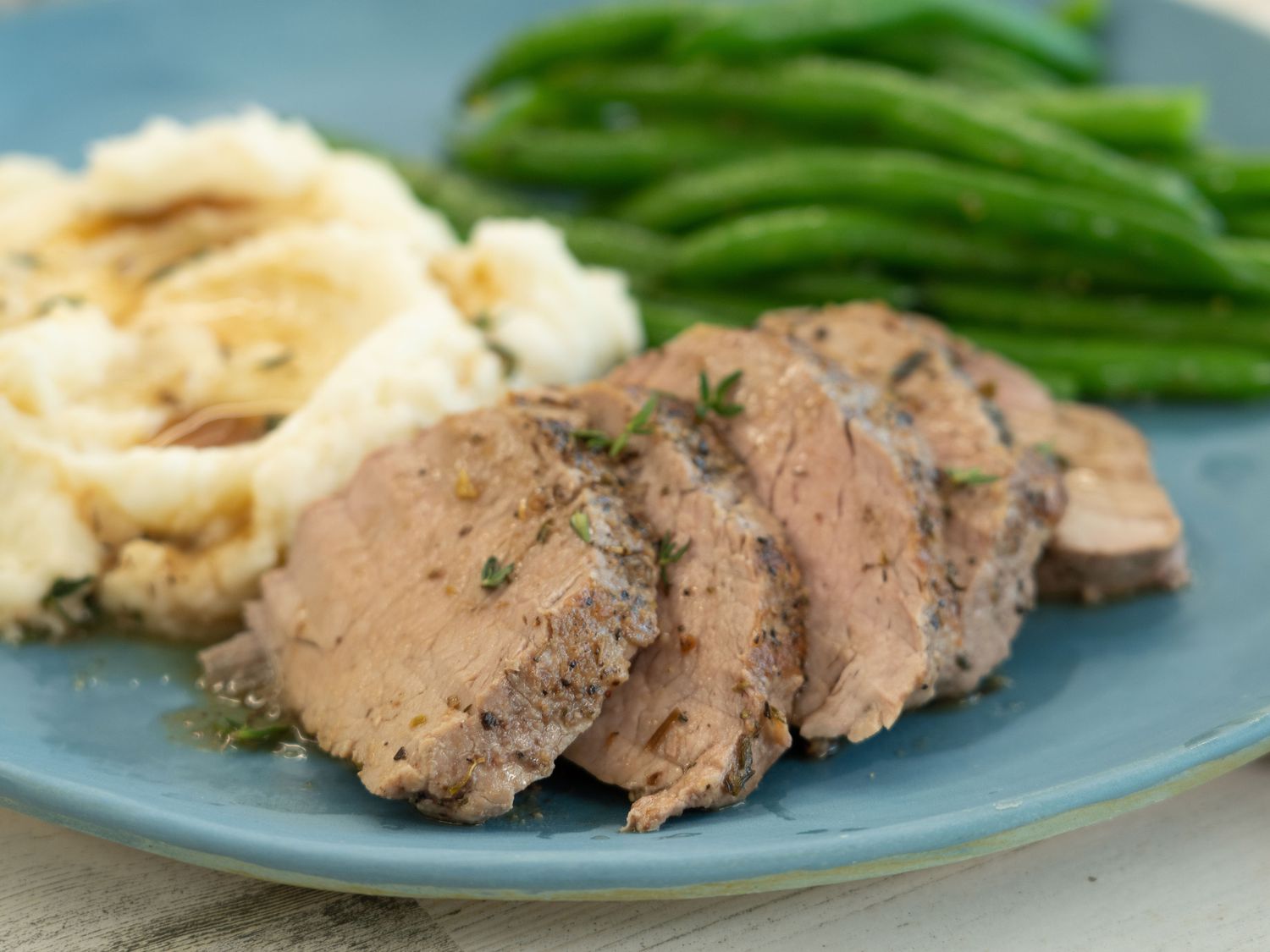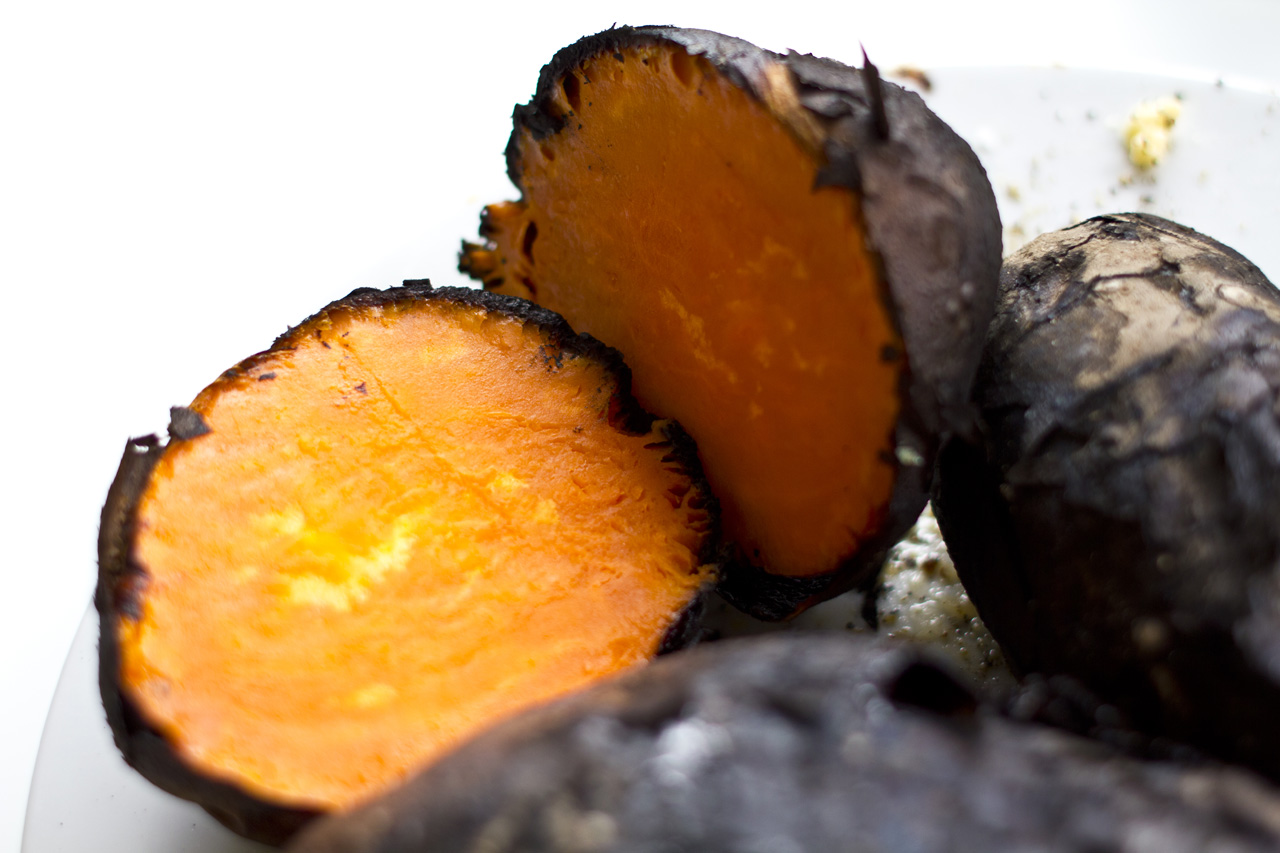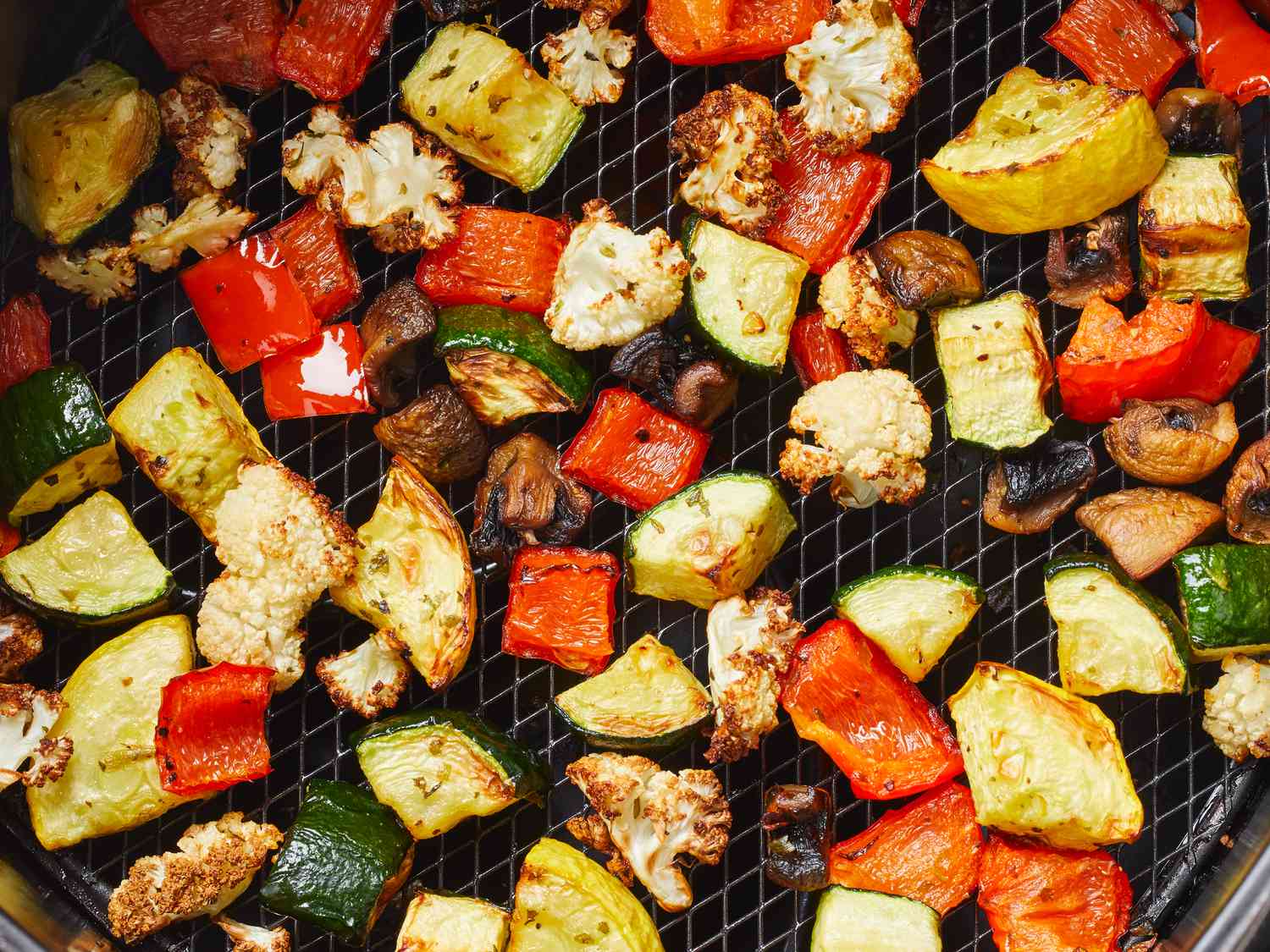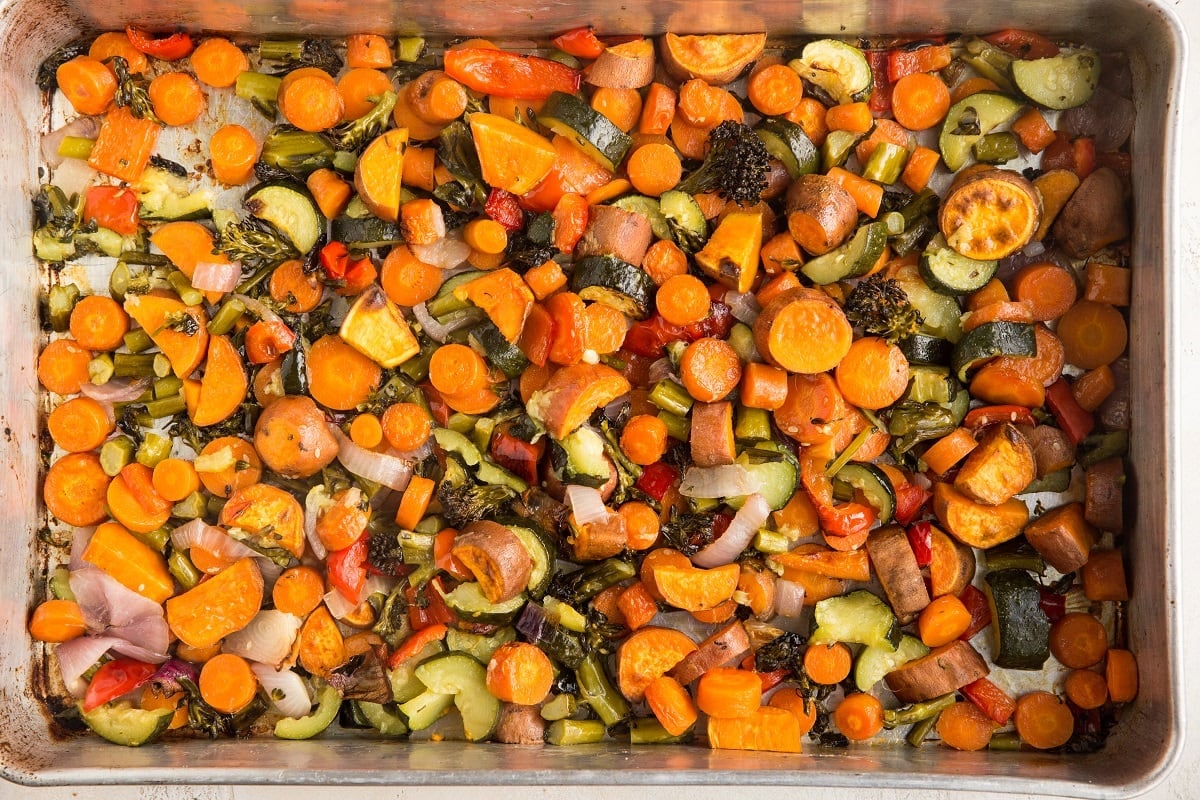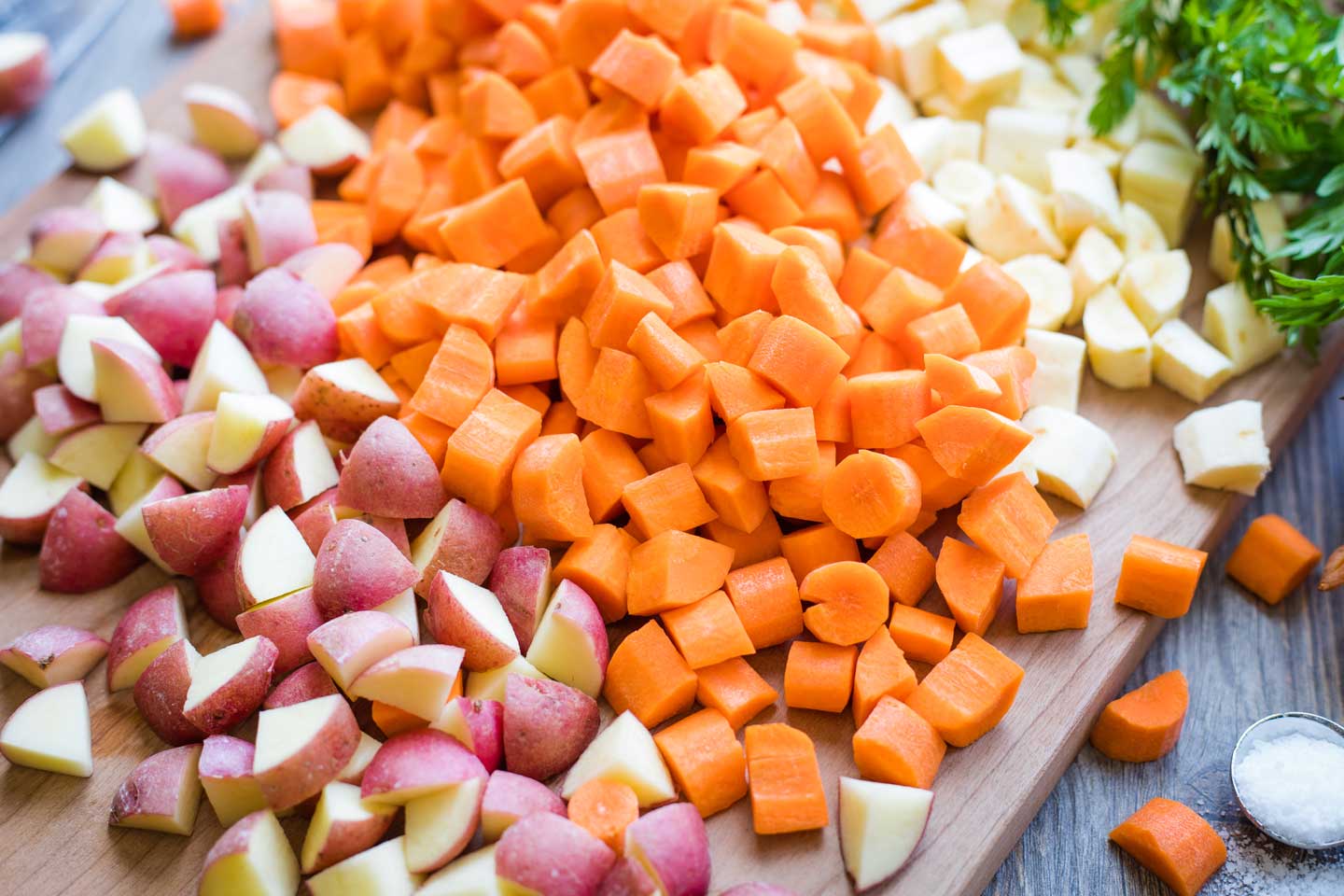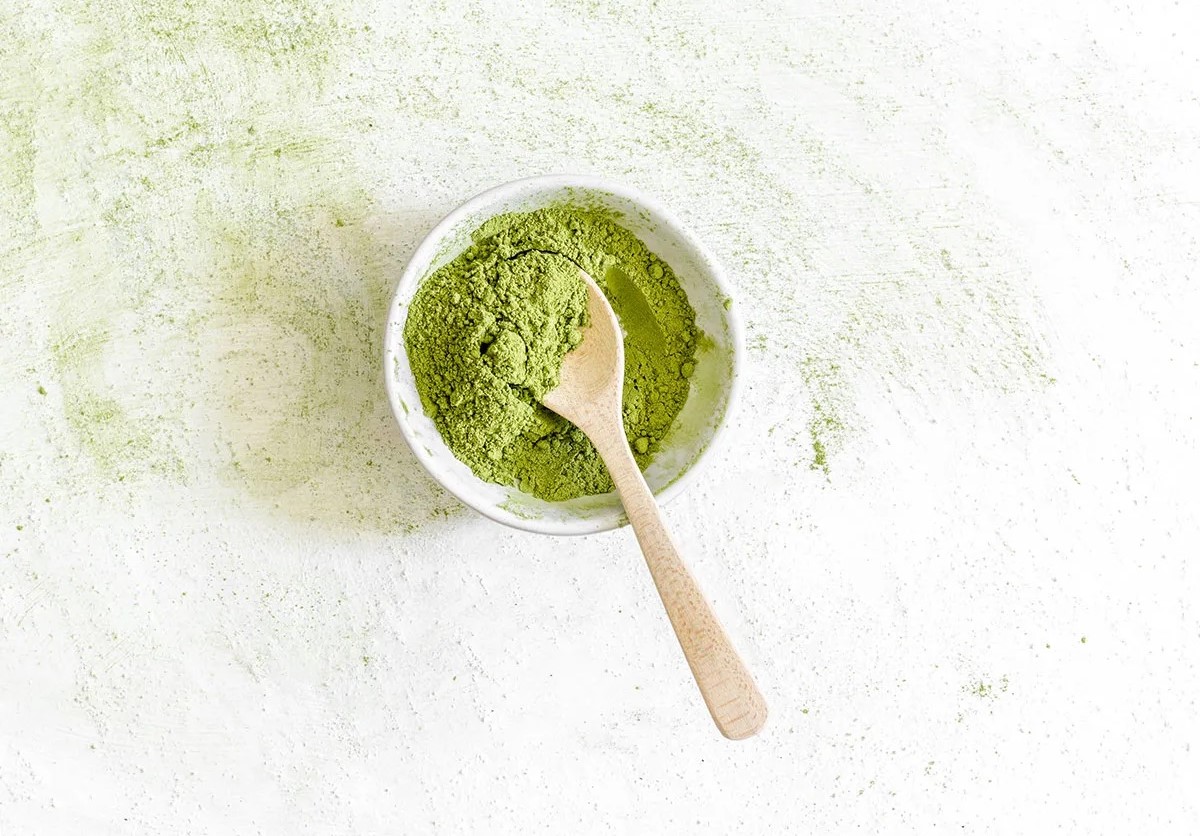Delicious and Easy: Roasting Whole Tomatoes for Sauce
Tomatoes are a staple ingredient in many cuisines around the world. They are versatile, flavorful, and nutritious. One of the best ways to enhance the natural sweetness and depth of flavor in tomatoes is by roasting them. Roasting whole tomatoes for sauce is a simple and delicious way to elevate your dishes. Whether you’re making pasta sauce, pizza sauce, or a base for soups and stews, roasted tomatoes add a rich and savory dimension to your recipes.
Why Roast Whole Tomatoes?
Roasting whole tomatoes intensifies their natural sweetness and caramelizes their sugars, resulting in a deep, complex flavor. The process also helps to concentrate the tomatoes, making them ideal for sauces. Additionally, roasting whole tomatoes is incredibly easy and requires minimal preparation. It’s a hands-off cooking method that yields impressive results.
Steps to Roast Whole Tomatoes for Sauce
Here’s a simple guide to roasting whole tomatoes for sauce:
- Preheat the Oven: Start by preheating your oven to 400°F (200°C). This temperature allows the tomatoes to roast and caramelize without burning.
- Prepare the Tomatoes: Wash the tomatoes thoroughly and pat them dry. Remove any stems and place the tomatoes on a baking sheet lined with parchment paper or aluminum foil.
- Seasoning: Drizzle the tomatoes with olive oil and sprinkle them with salt and pepper. You can also add herbs like thyme, rosemary, or oregano for additional flavor.
- Roasting: Place the baking sheet in the preheated oven and roast the tomatoes for 25-30 minutes, or until they are soft and slightly charred. The roasting time may vary depending on the size and ripeness of the tomatoes.
- Cooling: Once the tomatoes are roasted to perfection, remove them from the oven and allow them to cool for a few minutes. This makes them easier to handle and blend.
- Blend: Transfer the roasted tomatoes to a blender or food processor and pulse until smooth. You can adjust the consistency by adding a splash of water or broth if needed.
- Storage: Your roasted tomato sauce can be used immediately or stored in an airtight container in the refrigerator for up to a week. You can also freeze it for longer storage.
Benefits of Roasting Whole Tomatoes
Roasting whole tomatoes for sauce offers several benefits:
- Enhanced Flavor: The roasting process intensifies the natural sweetness and depth of flavor in the tomatoes, resulting in a more robust and complex sauce.
- Easy Preparation: Roasting whole tomatoes requires minimal effort and preparation, making it a convenient cooking method for busy home cooks.
- Versatility: Roasted tomato sauce can be used in a wide range of dishes, from pasta and pizza to soups, stews, and braises.
- Prolonged Shelf Life: By roasting and blending the tomatoes, you can create a sauce that can be stored for an extended period, allowing you to enjoy the flavors of peak-season tomatoes year-round.
Recipes Using Roasted Tomato Sauce
Once you’ve mastered the art of roasting whole tomatoes for sauce, you can use the resulting sauce in various recipes. Here are a few ideas to get you started:
- Classic Marinara Sauce for pasta
- Homemade Pizza Sauce for delicious homemade pizzas
- Tomato Basil Soup for a comforting and flavorful meal
- Braised Chicken with Roasted Tomato Sauce for a hearty and satisfying dish
- Roasted Tomato and Vegetable Pasta for a vibrant and nutritious pasta dish
Experiment with different herbs and seasonings to customize the flavor of your roasted tomato sauce to suit your preferences and the dishes you plan to prepare.
Conclusion
Roasting whole tomatoes for sauce is a simple yet effective way to elevate your cooking. Whether you’re looking to enhance the flavor of your pasta dishes, pizzas, soups, or braises, roasted tomato sauce adds a delicious depth of flavor that is sure to impress. With minimal effort and a few basic ingredients, you can create a versatile and flavorful sauce that will become a staple in your kitchen.
So, the next time you have an abundance of fresh tomatoes, consider roasting them to create a delicious sauce that will elevate your culinary creations to new heights.
Was this page helpful?
Read Next: How To Roast Wild Duck Mallard
